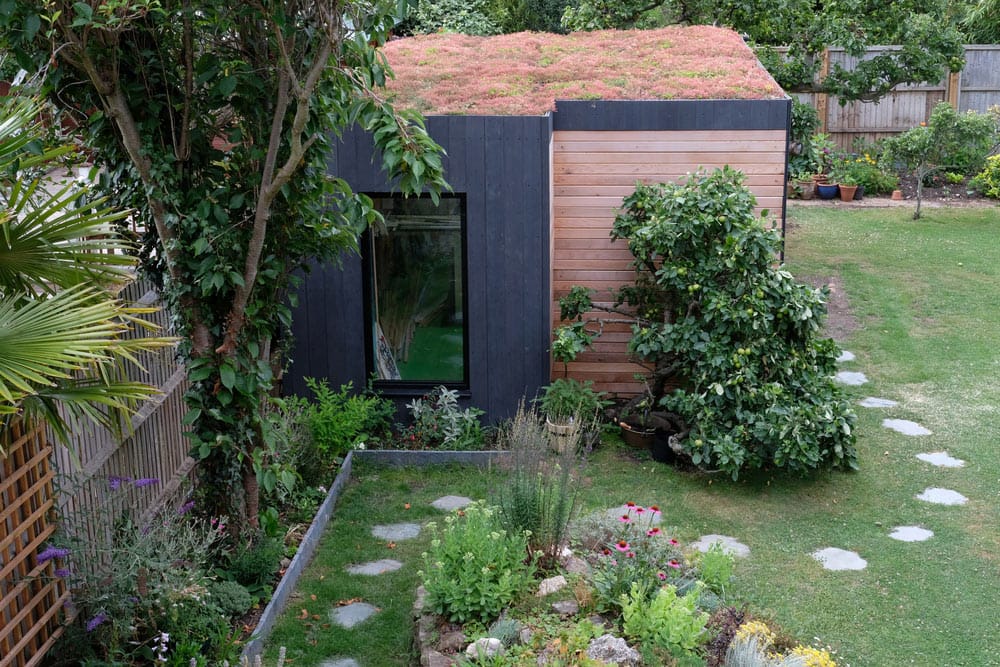
7 Easy Ways to Attract Wildlife to Your Garden and Support Your Local Ecosystem
Published on April 3, 2023
Posted in Advice & Reviews
by Matt Briggs
5 min read
We asked Ecologist Nick Sanderson for what he thinks are some easy ways homeowners can attract wildlife to their gardens and support their local ecosystem.
1 - Hedgehog Highways
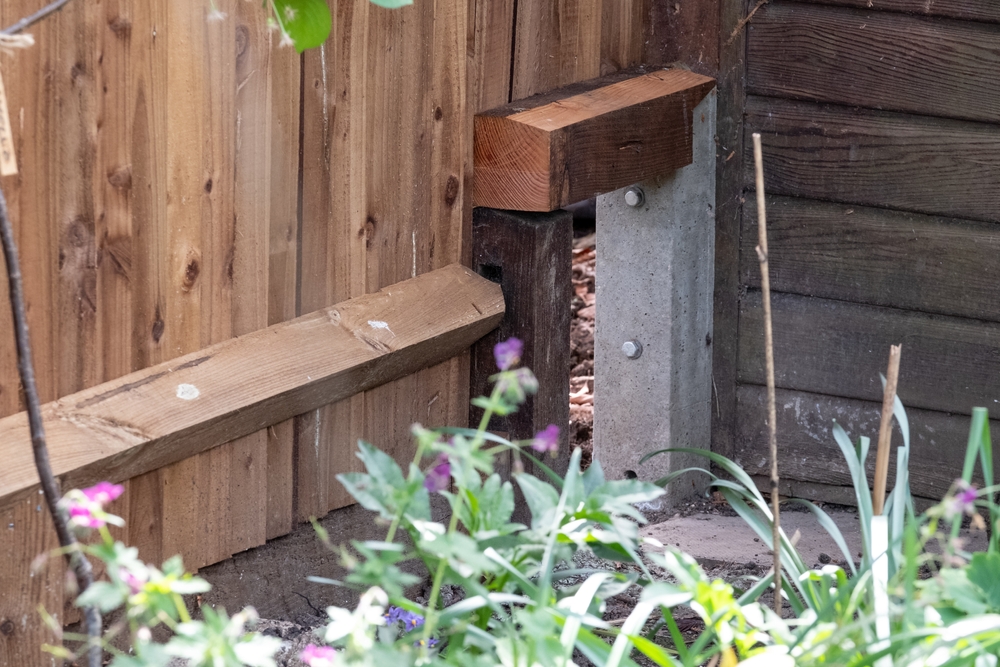
Contribute to a hedgehog highway by Including a cut-out in your new fence to allow easy access for hedgehogs
Hedgehogs are under serious threat due to the fragmentation in their habitat caused by garden fences. By simply creating a 15 x 15cm gap at the base of any fence, you can allow hedgehogs and other wild animals to move freely around your garden. It’s something you do once and forget about, but it brings such value to the local wildlife population. Of course this might not suit everyone, especially those with small dogs. You can even signpost these as hedgehog highways so people know not to cover the gaps, why not also take part in national hedgehog research by marking your highway and any hedgehog sightings at the Big Hedgehog Map.
See here for details: bighedgehogmap.org
2 - Insect Houses
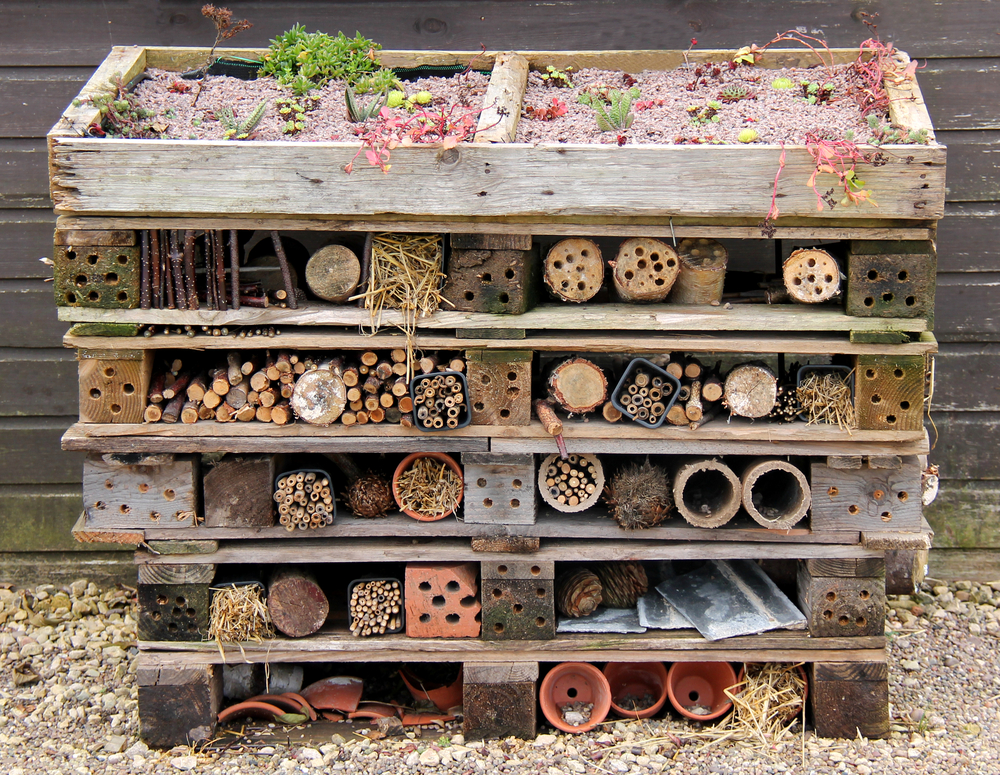
Insect houses can come in all shapes and sizes from small, bird box size to large hotels
Placed on a sunny aspect away from prevailing winds a good insect house will have numerous areas to suit a range of different insects which in turn will attract more birds and bats to the area alongside providing shelter for many beneficial bugs and pollinators.
Insect Houses can also be a great use for spare and left-over material from renovations and make a great afternoon project for the family allowing children to get a closer look at nature and develop a greater understanding of insects’ roles in our ecosystem.
3 - Bat Boxes
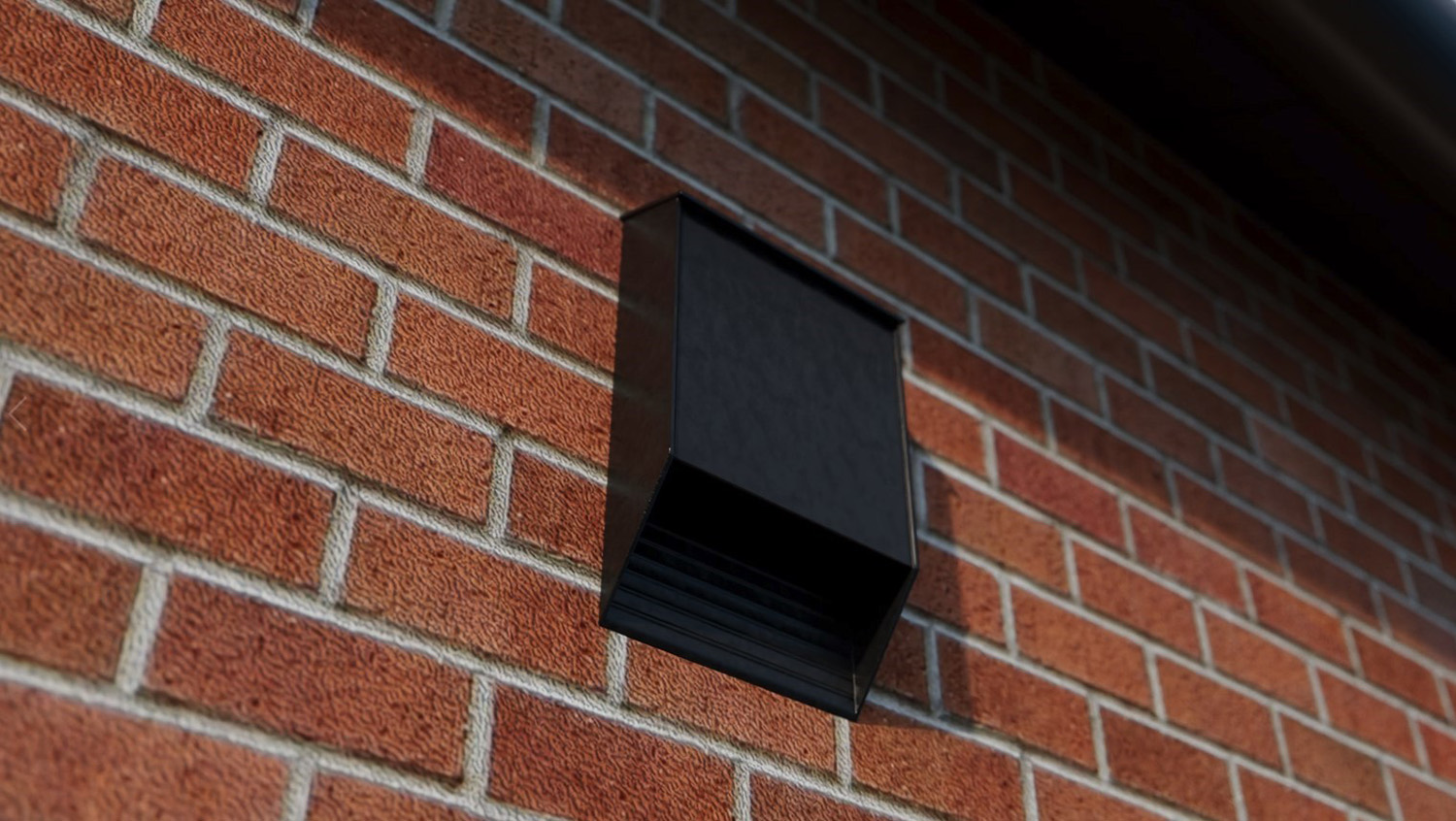
Many natural bat habitats have been destroyed, as a result they have been left without safe places to roost and raise their pups.
Integrated bat boxes are a discrete and self-contained solution, so much so that most owners don’t even know they are there.
They can be built into the fabric of the building, ideally placed on southerly elevations at least 4m high. They are typically placed on gable walls as close to the apex as possible.
4 - Bird Boxes & Feeding Stations
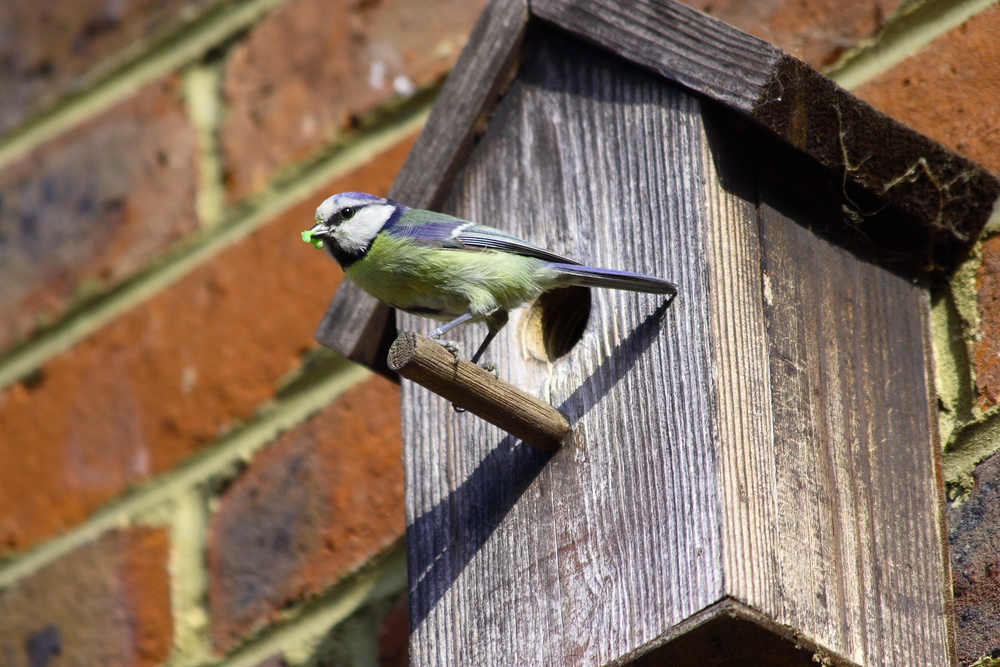
Fitting swallow cups, sparrow terraces, and swift boxes under the eaves of your property will provide a highly valuable resource to your local bird population.
Sparrows and swifts have a high dependency on buildings. Often during re-roofing and renovations their nest sites are permanently lost, so by providing new in-built features you can create an invaluable permanent nesting space. Other bird box types are also readily available and easy to install.
Remember to site your bird box at least 1.8 metres from ground level and ideally have free flight lines to and from the box. Placing the box near shrubs is advantageous as adult birds can then perch nearby.
Another effective way to help out the bird population is offering bird feeding stations with a water table. Garden birds form a vital aspect of ecosystems and are a measure of good biodiversity.
5 - Plant Mature Trees
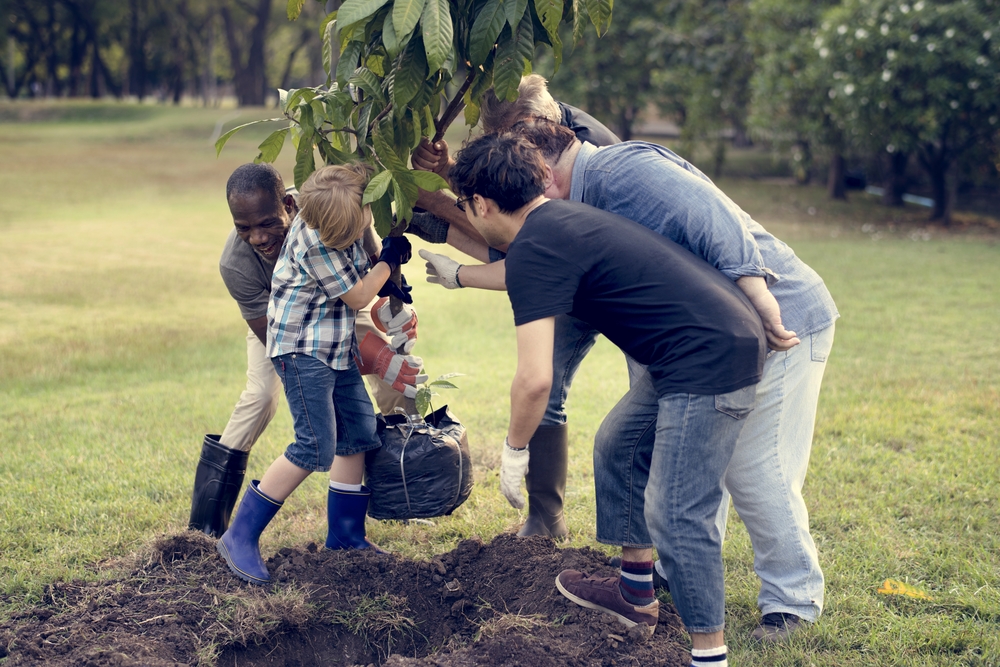
Trees play a vital role in carbon capture and heat reduction through shading, as well as aiding in biodiversity.
Wherever possible plant mature or extra heavy standard trees. Planting nursery stock extra heavy standard trees provide a more instant landscape that can quickly mature and become a vital part of your garden. Urban trees play a significant part across the environment through biodiversity, some mature tree species can have up to 200 co-dependent invertebrates which in turn will be prey for birds and bats.
6 - Encourage Wildflowers
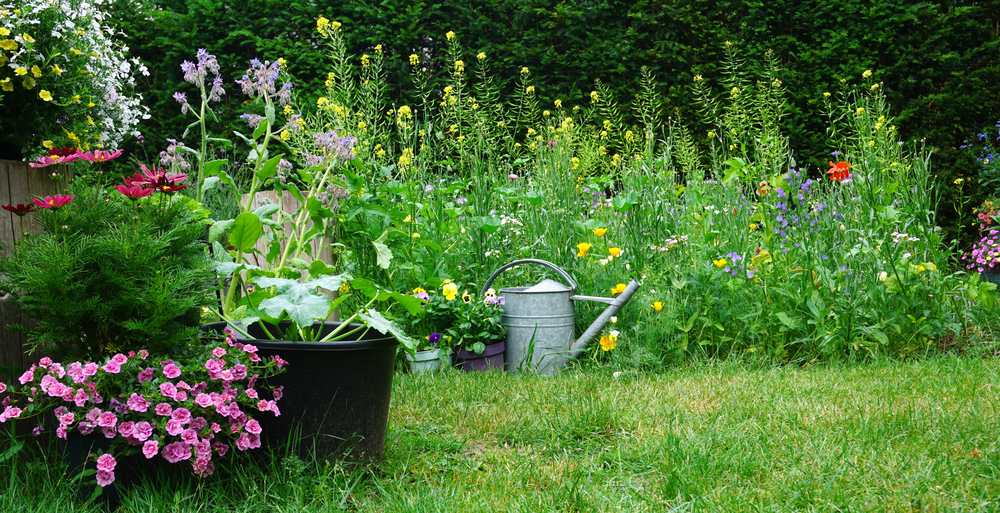
You can leave nature to take its course or give it a helping hand with ‘bee bombs’, making your garden bee friendly couldn’t bee easier
Why not consider leaving part of your lawn or have a section of border for a wildflower area. Leaving lawns unmown significantly improves their capacity to support pollinator species.
Some homeowners like to have an area of wildflower on their front lawn but they worry it looks unkempt; why not keep a mowers width cut to the edge to demonstrate its being managed. You could even put out a sign to notify your neighbours.
‘Bee Bombs’ are seed mixes that can be added to the lawn that will grow wildflowers which, when established, make a fantastic floral display. Such areas require limited maintenance, simply cut the area once a year in September and compost the cuttings.
Any areas of wildflowers, even small patches of unmown lawns, will make a difference for your local pollinator population.
7 - Provide Ponds
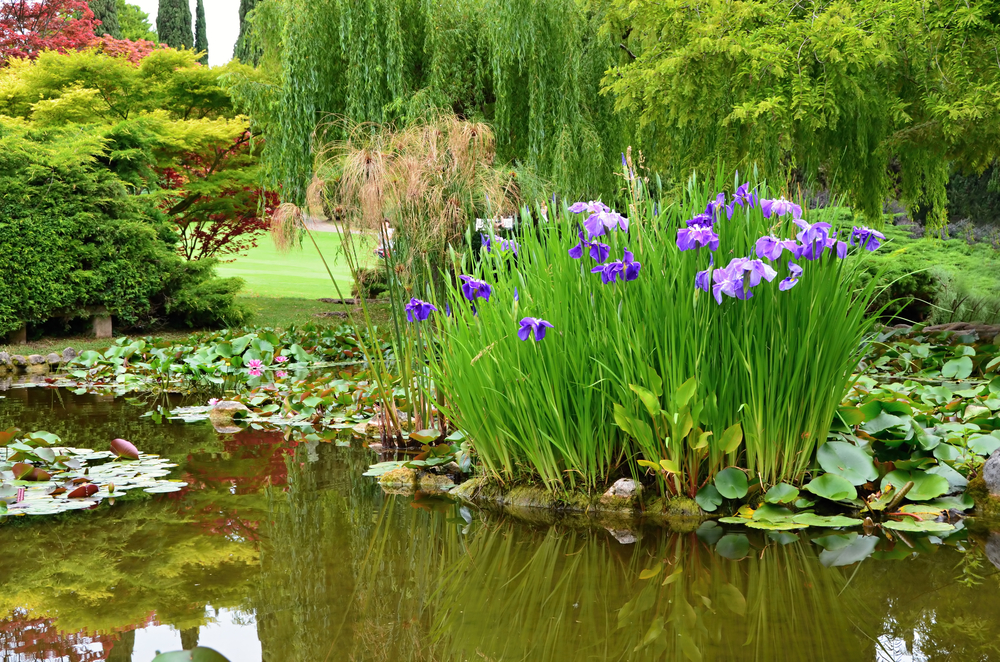
By providing even the smallest of garden ponds you can create a valuable haven for amphibians.
Any size garden pond will be a valuable haven for frogs, toads and a whole range of insect species. There are plenty of options for easy to install ponds, you can even install child and pet safe pond nets for peace of mind.
In building ponds, create shallow shelves and plant these with emerging species that insects and amphibians can hide within.
One key piece of advice would be to refrain from introducing goldfish to a nature pond. We all appreciate goldfish as a popular addition to garden ponds but unfortunately they do tend to disturb and remove areas which our native species would otherwise benefit from. They can even eat larval newts and insects.”
About the Expert
Nick Sanderson is a Director at RammSanderson.
RammSanderson are Specialist Independent ecological, flood risk & arboriculture consultants with national coverage for public and private sector clients across all scales of development. Their staff are fully H&S, First Aid trained, CIEEM registered & Suitably Qualified (BRE) Ecologist.

To find out more please visit rammsanderson.com